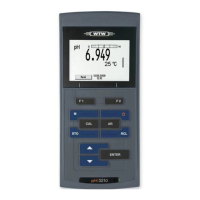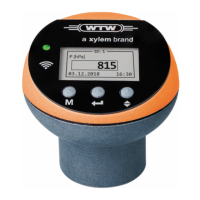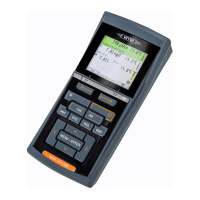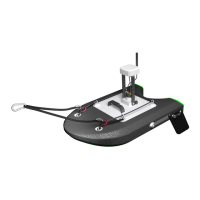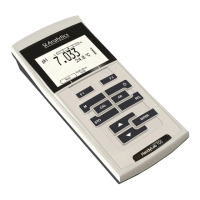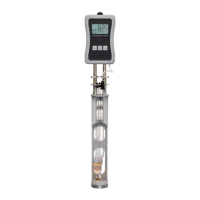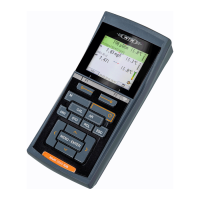pg | 97
Dissolved Oxygen Sensor
Maintenance and Rehydration
EXO Dissolved Oxygen (DO) sensors require unique maintenance instructions due to their sensing
membranes. Users should routinely perform these instructions in order to achieve the highest levels of
sensor accuracy. DO sensor caps have a typical life of 12 months. Aer this point, users should replace the
DO membrane cap. As caps age, accuracy is reduced, ambient light rejection suers, and response times can
be aected. Maintain connectors as instructed in the “Connectors” section.
1 DO membrane maintenance
Users should periodically inspect the optical surface at the
tip of the sensor and wipe it clean with a non-abrasive, lint-
free cloth if necessary. Never use organic solvents to clean an
EXO DO sensor.
As much as possible, prevent scratches and damage to the
sapphire sensing window. Avoid getting ngerprints on the
window. If necessary, wash with warm water and dishsoap
and rinse with DI water.
2 Sensor rehydration
Users should always store DO sensors in a moist or wet
environment in order to prevent sensor dri. However,
should DO sensors be le in dry air for longer than eight
hours, they must be rehydrated. To rehydrate, soak the
DO sensor cap in warm (room temperature) tap water for
approximately 24 hours. Following this soak, calibrate the
sensor and store it in a moist environment.
3 Sensor cap replacement
Due to restrictions inherent to all DO sensors, DO sensor
caps have a typical life of 12 months. Aer this point, users
should replace the DO membrane cap. To replace this cap,
follow the directions in the “Sensor Cap Replacement”
section.
6.11
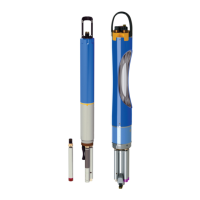
